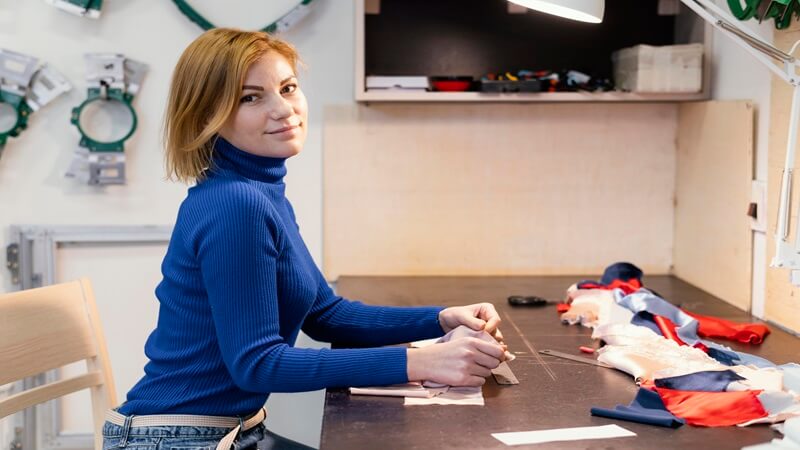The world of refrigerant transition regulations can be complex and often misunderstood. As environmental concerns grow, governments and industries are making significant changes to reduce the impact of refrigerants on global warming and ozone depletion. This article aims to demystify refrigerant transition regulations, clarifying what’s true and what’s not, and providing a comprehensive understanding of these critical changes. It also highlights the importance of ensuring that new refrigerants and technologies are compliant with relevant safety standards.
Understanding Refrigerant Transition Regulations
Refrigerants are crucial in various applications, from air conditioning to refrigeration. However, many commonly used refrigerants significantly contribute to ozone depletion and global warming. As a result, authorities worldwide have implemented regulations to phase out harmful refrigerants and transition to more environmentally friendly alternatives.
The Montreal Protocol and Its Impact
One of the most significant international agreements addressing refrigerants is the Montreal Protocol, adopted in 1987. This treaty aims to phase out the production and consumption of substances that deplete the ozone layer.
Key Aspects of the Montreal Protocol
- Phase-Out Schedule: The Montreal Protocol outlines a timeline for phasing out ozone-depleting substances (ODS) such as chlorofluorocarbons (CFCs) and hydrochlorofluorocarbons (HCFCs).
- Amendments: Authorities have amended the protocol several times to include newer substances, such as hydrofluorocarbons (HFCs), which are potent greenhouse gases but do not deplete the ozone layer.
Myth vs. Reality: Common Misconceptions
There are several myths surrounding refrigerant transition regulations. Let’s separate fact from fiction to better understand the reality.
Myth: All Refrigerants Are Being Banned
Reality: Not all refrigerants are being banned. The regulations primarily target those with high ozone depletion potential (ODP) and global warming potential (GWP). Alternatives with lower environmental impact, such as hydrofluoroolefins (HFOs) and natural refrigerants like CO2 and ammonia, are being promoted.
Myth: The Transition Will Be Immediate and Drastic
Reality: The transition is gradual, with phased timelines to allow industries and consumers to adapt. This approach helps mitigate the economic impact and provides time for the development and adoption of new technologies.
The Role of Plastic Injection Molding Manufacturing Companies
Plastic injection molding manufacturing companies play a crucial role in the production of components used in refrigeration and air conditioning systems. These companies are pivotal in creating parts that comply with new refrigerant regulations, ensuring that systems are efficient and environmentally friendly.
Plastic injection molding allows for the production of highly precise and durable components, which are essential for the reliable performance of refrigerant systems. By utilizing durable, high-quality resins and innovative design techniques, these companies contribute to the overall goal of reducing the environmental impact of refrigerants.
The Cold War and Refrigerants
Did you know that during the Cold War, the development of refrigerants was significantly influenced by the need for efficient cooling systems in military and space applications? This led to rapid advancements in refrigerant technology, some of which are still in use today, albeit with modifications to reduce environmental harm.
The Future of Refrigerant Regulations
The future of refrigerant regulations is focused on sustainability and innovation. Governments, industries, and research institutions are working together to develop and implement solutions that balance environmental protection with economic viability.
Advancements in Refrigerant Technology
- Natural Refrigerants: Increasing use of natural refrigerants like CO2, ammonia, and hydrocarbons, which have low GWP and no ODP.
- HFOs: Development of hydrofluoroolefins (HFOs), which have low GWP and are being adopted as replacements for high-GWP HFCs.
Policy and Compliance
- International Cooperation: Continued international cooperation to ensure compliance with global standards and protocols.
- Incentives and Support: Government incentives and support for businesses to transition to environmentally friendly refrigerants and technologies.
Refrigerant transition regulations are essential for protecting our environment from the harmful effects of ozone depletion and global warming. By understanding the myths and realities of these regulations, we can better appreciate the efforts being made for a sustainable future. The collaboration between policymakers, industries, and researchers is crucial. They develop innovative solutions that meet environmental goals while supporting economic growth.
As we move forward, industries, like plastic injection molding companies, will continue to play a vital role. They create components that support the transition to greener refrigerants. With continued advancements and cooperation, the journey towards a more sustainable and environmentally friendly future is well underway.
